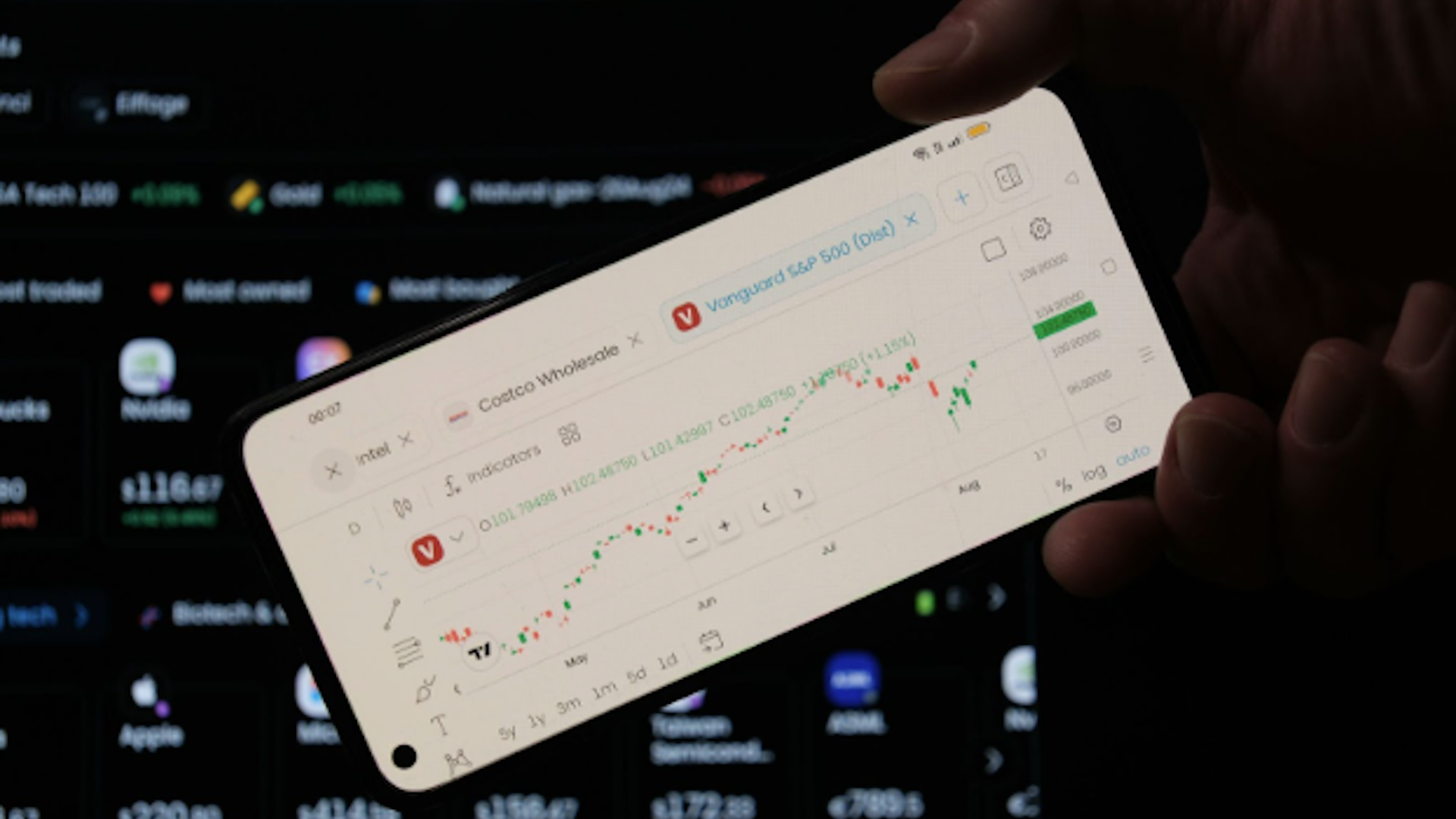
The cryptocurrency market has skyrocketed to $2.70 trillion, driven by surging institutional interest, groundbreaking blockchain innovation, and shifting global economic conditions. This isn’t just another speculative bubble—crypto is cementing its place in the financial mainstream. What was once dismissed as a niche, volatile asset class is now being embraced by some of the world’s largest financial institutions and tech giants. The adoption curve is accelerating, and digital assets are becoming an integral part of investment portfolios, global transactions, and financial infrastructure.
Next-gen blockchain tech is scaling fast
The crypto world is solving its biggest issue: scalability. Ethereum’s rollups (Optimism, Arbitrum) and Bitcoin’s Lightning Network are making transactions faster and cheaper. Solana, Avalanche, and Cardano are gaining traction with high-speed, low-cost alternatives. Businesses are seeing real utility now, and that’s fueling adoption. Privacy-focused solutions like anonymous crypto wallet providers are also gaining popularity, allowing users to secure their assets while maintaining financial confidentiality. These advancements are essential for bringing blockchain technology into mainstream finance, gaming, and decentralized applications (dApps).
Institutional money is pouring in
Big money is flooding the crypto space. Asset management giants like BlackRock and Fidelity are integrating Bitcoin into portfolios, while the approval of Bitcoin ETFs has unlocked billions in capital. Banks and hedge funds that once dismissed crypto are now backing it, legitimizing digital assets and drawing in even more investors. The involvement of financial heavyweights lends credibility to the industry, further reinforcing crypto’s position as a legitimate asset class.
Bitcoin’s supply shock approaches
Bitcoin’s halving in 2024 slashed mining rewards from 6.25 BTC to 3.125 BTC. Historically, supply cuts drive prices up as demand intensifies. Investors are already positioning for the inevitable price surge, accelerating market momentum. The predictable nature of halving events makes Bitcoin unique in financial markets, attracting long-term investors who see it as a scarce digital asset similar to gold.
DeFi and NFTs keep building
Decentralized finance (DeFi) is disrupting traditional banking, with billions locked into protocols like Uniswap, Aave, and MakerDAO. Investors can lend, borrow, and trade without intermediaries, providing financial inclusion for millions worldwide. At the same time, the NFT space, while volatile, remains a major force in digital ownership and gaming, keeping blockchain innovation alive and relevant. The rise of Web3 gaming, metaverse projects, and tokenized assets is reshaping how we perceive ownership and online economies.
Stablecoins and crypto payments are going mainstream
Stablecoins like USDT, USDC, and DAI are bridging the gap between traditional and crypto finance. Their stability makes them ideal for payments, remittances, and DeFi applications. Companies like PayPal, Tesla, and Visa are embracing crypto transactions, making digital assets part of everyday commerce. Cross-border payments are becoming faster and cheaper with stablecoin adoption, reducing dependency on expensive and slow traditional banking systems.
Inflation and economic uncertainty are driving adoption
As inflation devalues traditional currencies, Bitcoin is emerging as digital gold. Countries facing financial crises, like Argentina and Turkey, are witnessing a surge in crypto adoption. The decentralized nature of digital assets is attracting investors looking for safe havens beyond government-controlled financial systems. Additionally, developing nations with unstable banking infrastructures are turning to crypto as an alternative means of storing wealth and transacting across borders.
Regulations are providing clarity, not fear
The days of crypto being a regulatory gray area are fading. Governments worldwide are crafting policies that protect investors while encouraging innovation. Structured regulations in the U.S., UK, and UAE are reducing uncertainty, bringing confidence to institutional and retail investors alike. Countries that embrace clear regulations are seeing a surge in blockchain startups, job creation, and innovation hubs.
Social media and influencers are fueling momentum
Crypto is a movement as much as a market. Tweets from Elon Musk, insights from Michael Saylor, and discussions on Reddit and TikTok shape sentiment and drive investment. The viral nature of crypto ensures that trends spread quickly, amplifying both adoption and market cycles. Meme coins like Dogecoin and Shiba Inu continue to thrive due to strong community backing, proving that social media can turn speculative assets into major market players.
Retail investors are more engaged than ever
With user-friendly platforms like Binance, Coinbase, and Kraken, anyone can trade crypto. Mobile apps and automated investment strategies like dollar-cost averaging make market entry simple, fueling broader participation. The gamification of investing, along with the rise of decentralized exchanges (DEXs), is giving users greater control over their assets without relying on traditional financial institutions.
The road ahead
The crypto bull run is gaining steam, but risks remain. Regulation, technological evolution, and macroeconomic forces will shape the future. Yet, one fact is undeniable: crypto is no longer an experiment. It’s a global financial revolution, and the market’s relentless growth suggests the best is yet to come. As blockchain continues to disrupt industries ranging from finance to healthcare, supply chains, and entertainment, the long-term potential of digital assets is immense. The journey to mass adoption is still unfolding, and those who understand its transformative power stand to benefit the most.
